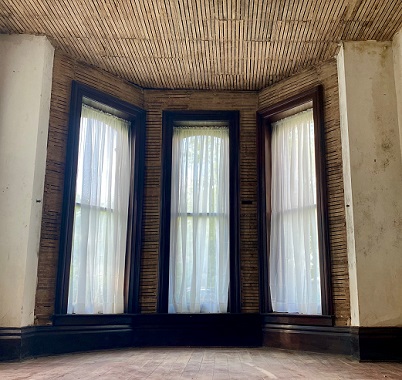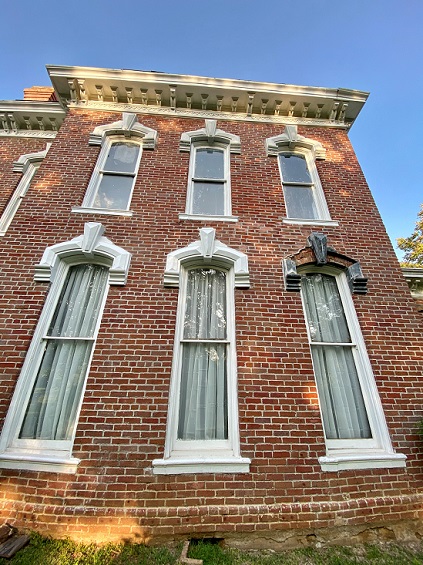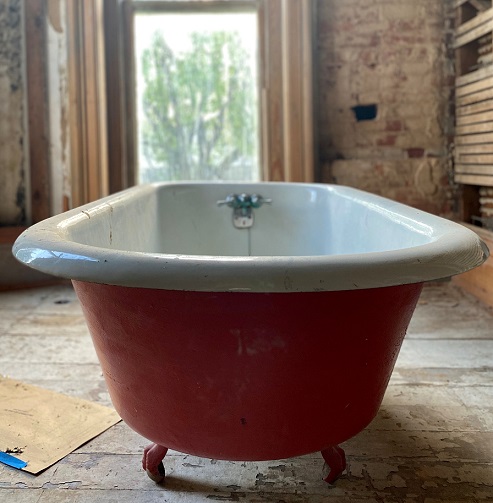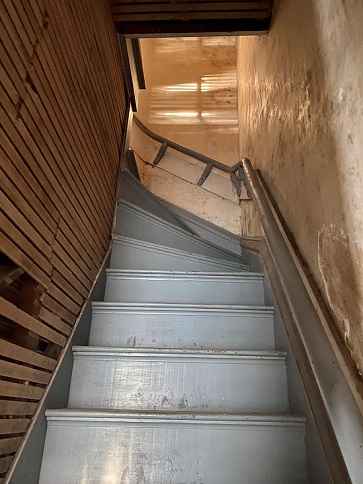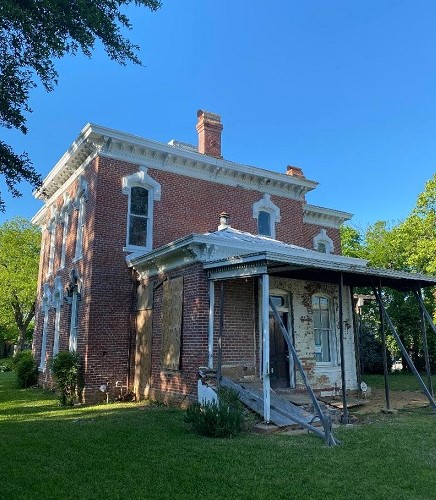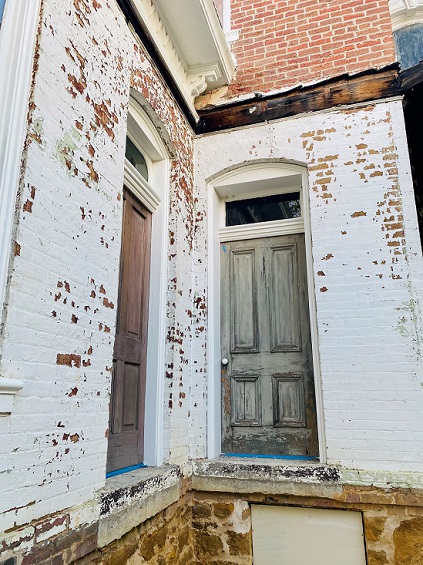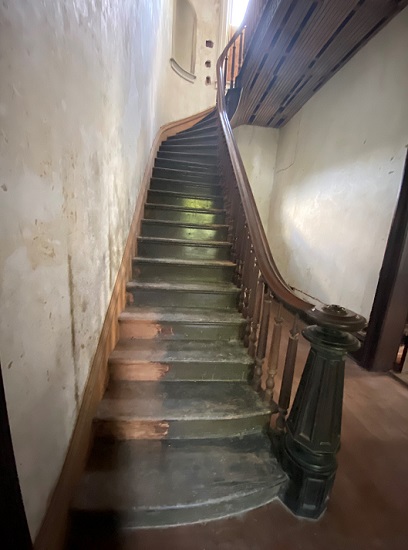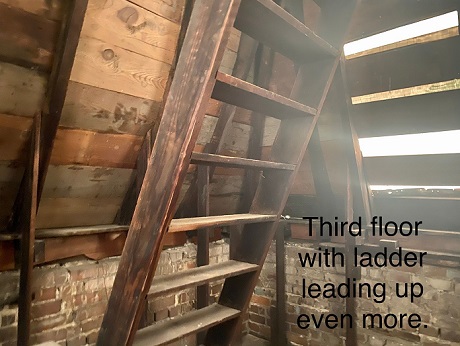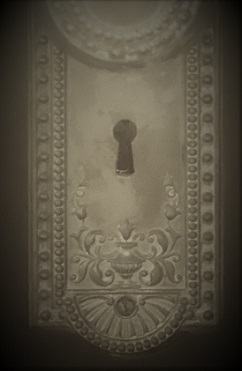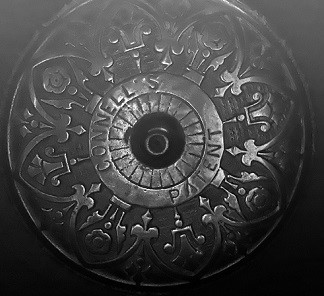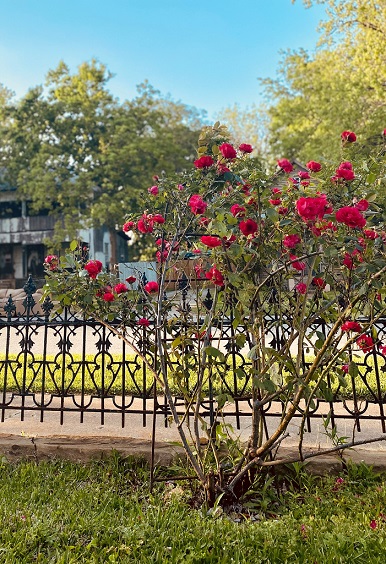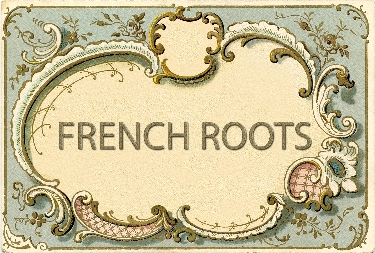 John D. Ourand 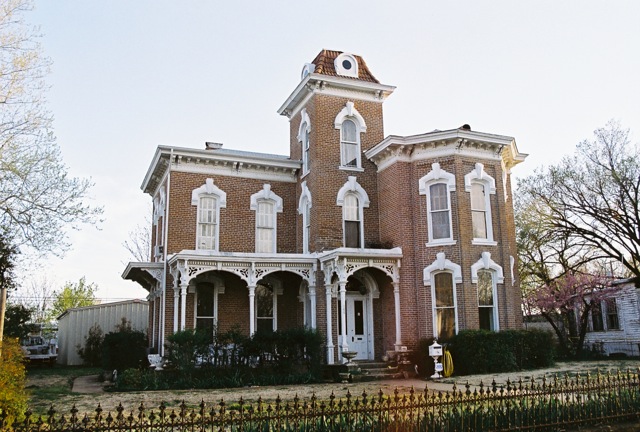 Ourand House 106 West Sears Street Denison, Texas Photograph by Mavis Ann Bryant, ca. 2000 The Sunday Gazetteer A HANDSOME AND COSTLY RESIDENCE
The
parlor, which is the northwest room, is 15x19 feet, with octagon front,
and ceiling 12 feet high as is the case with all the rooms on the first
floor. The windows consist of two panes of glass only, one to
each sash, 50x26 inches each, all American double strength plate.
The inside blinds shut into an invisible pocket, so that they are
not seen when open. All the openings are furnished with heavy
mouldings.
On the right of the hall is the bath room, which will be provided with hot and cold water, etc. (Editor's note: This tub is currently sitting on the second floor, south side of the house.)
On the opposite side of the hall are the rear stairs leading to the servants' room, on the second floor.
The kitchen which is the south room, is 12x14 feet, with a pantry 4x6 feet and a back porch along the west side. The cellar, which is 20x14, constructed of stone and cement, is reached from this room by an easy flight of steps, and also has an outside entrance.
The sitting room in the east wing is 15x16 feet, and is warmed by a grate surmounted by marbled iron mantle and trimmings, all handsomely finished. There are four windows to this pleasant room, opening onto the porches on the north and east sides; two of these windows are extra large, size of glass being 26x56, and slide up to give easy access to the porches. The porches are seven feet wide. The east porch has a self-supporting roof, heavy banisters and railing and on top of the columns are massive metallic urns. The north porch is ornamented with elaborate scroll work, brackets and key stones. Lattice work underneath both floors. The main entrance is on Sears street by large double doors, with center lights of American ground glass in ruby. A large sliding door also opens from this vestibule to the porch, and another door on the right leads to the parlor.
The hall which runs through the building north and south is 8x23 feet, in which is the main stairway leading to the second floor. The work expended on this winding stairway is worthy of more than casual mention. It is constructed according to the latest style of stair building. The wind is easy and the stairs self-supporting, according to a new and novel plan. They are finished with brackets and scroll work, beautiful hand rail and Newel posts, fluted banisters, etc. (Editor's note: At the top of the stair landing is an alcove on the left.)
The hall up-stairs is the same size, and from which corresponding rooms to those on the first floor are reached through stone arches. The room over the parlor is 15x19, with a linen closet. Over the dining room is a bedroom 12x13, also furnished with a closet, and over the bath room is the servant's room. The pleasantest room in the house, in our opinion, is the room over the sitting room. It is 15x16, and is lighted by six large windows. In the summer it would be a delightful sleeping room.
From the hall on this floor, a flight of winding stairs leads to the tower, four stories high.
The tower is ten
feet square, fininshed in Mansard style, heavy railing ornamented with
metallic urns. This tower furnishes a splendid view of the city
and the country for miles around.
A well of
pure, soft water is but a step from the kitchen door.
Messrs. Bate & Louden have reason to feel flattered as this beautiful and sightly residence nears completion. It has grown under their immediate supervision, and every room bears witness to taste and judgement. Mr. Louden has superintended the work in person day after day, and perfect work has been insisted on by him in even the minutest detail. The Sunday Gazetteer In our description published last week of John D. Ourand's handsome residence, we inadvertently omitted to state that the plans and all the specifications were prepared by Mr. J. Schott, the well known architect of this city. The Sunday Gazetteer reported on February 3, 1884 that "John D. Ourand is now comfortably quartered in his palatial new brick residence on Sears street."  Biographiy Index French Roots Susan Hawkins © 2024 If you find any of Grayson County TXGenWeb links inoperable, please send me a message. |
